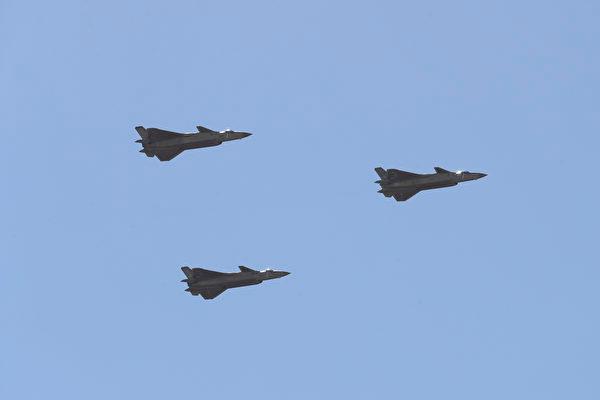Commentary
The growing crisis over the Chinese regime’s threats against Taiwan requires the United States to recognize that Beijing may move against Taipei in the immediate term.

The growing crisis over the Chinese regime’s threats against Taiwan requires the United States to recognize that Beijing may move against Taipei in the immediate term.